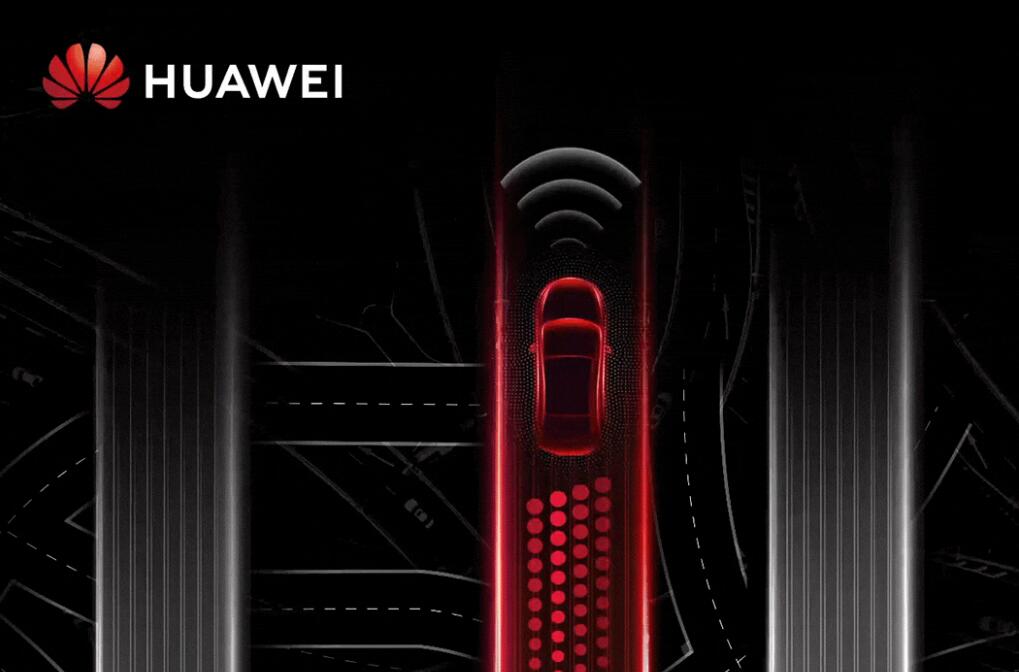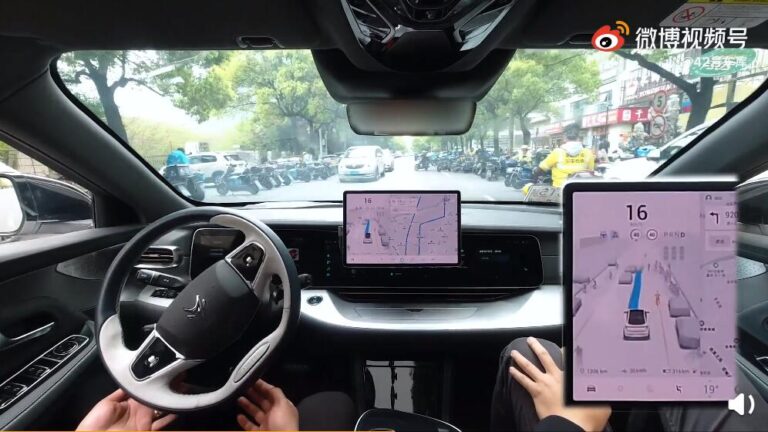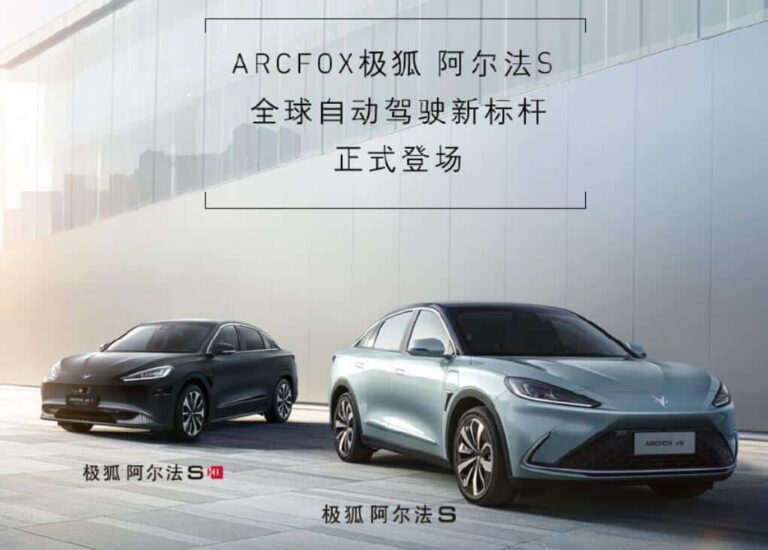Seemingly out of nowhere, Huawei has become one of the strongest players in China's autonomous driving space.
On the eve of the Shanghai auto show, the tech giant unveiled five new products from its automotive division on Sunday - HarmonyOS intelligent cockpit, intelligent driving computing platform, 4D imaging radar, "Huawei Octopus" open platform for autonomous driving, and Intelligent Thermal Management Platform.
The new launch of Huawei's smart car solutions opened today, presenting Huawei's new products and technologies in the transformation and upgrading of the automotive industry.
During the 2020 Beijing auto show, Huawei has released the Intelligent Cockpit Solution, which covers the Harmony Car OS software platform, the Harmony Car Domain Ecology Platform, and the Intelligent Hardware Platform.
Huawei hopes to help the industry shorten R&D cycles, reduce R&D costs, and enable the rapid use of new technologies and functions by decoupling software from hardware and software from applications.
Huawei's MDC810 intelligent driving computing platform released today is of particular interest, with a computing power of 400+ TOPS, far exceeding Tesla's 144 TOPS.
It can meet the application scenarios of high-level self-driving passenger cars and RoboTaxi and is the largest computing platform for intelligent driving that has been mass-produced.
For comparison, the HW3.0 version of the chip currently used by Tesla is a purpose-built computing platform for FSD, which can achieve image processing performance of 2300 frames per second, with a maximum of about 144 TOPS.
NVIDIA's previously announced DRIVE Atlan, which has 1000 TOPS of computing power, will begin sampling to automakers and developers as early as 2023 and is not expected to be available in production vehicles until 2024 or 2025.
Huawei's MDC810 computing platform has now completed all tests and started mass production, said Wang Jun, president of Huawei Intelligent Vehicle Solutions BU.
Regarding its 4D imaging radar, Huawei says its high-resolution capability is four times better than traditional radar, with the goal of enabling higher-order autonomous driving.
"Huawei's Octopus open platform for autonomous driving includes hardware, data, and high precision maps to build an "open data closed-loop system".
Octopus is known as the primate of the ocean, it has a smart brain, strong learning ability, and a high degree of evolution.
This is very similar to the core capabilities needed to develop and implement autonomous driving today - superb autonomous driving perception and the need for continuous learning.
"Huawei Octopus is an on-demand full-stack cloud platform that provides services covering the entire life cycle of autonomous driving data, models, training, simulation, and annotation.
By leveraging Huawei's accumulation in new ICT technologies such as cloud computing, Telematics, and AI, Huawei has built a unified full-stack cloud platform for the entire lifecycle of autonomous driving.
It can provide services to car companies and developers to lower the development threshold of autonomous driving and make autonomous driving development smarter, more efficient, and more convenient.
Huawei said Sunday that it will continue to increase its investment in the automotive industry and will invest $1 billion in R&D this year, with a research and development team of more than 5,000 people, including more than 2,000 for autonomous driving.



